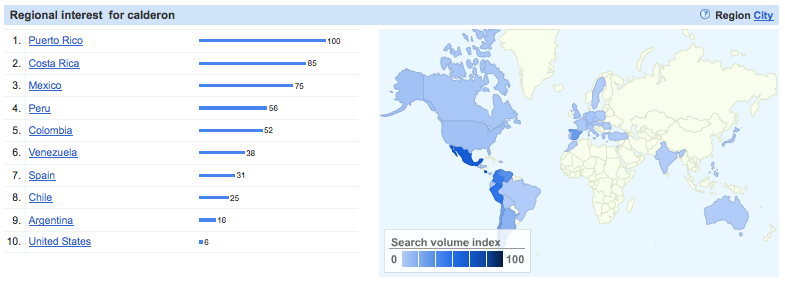Mexico: Mid-Term Elections
July 6th, 2009 — Scott HartleyYesterday, on Sunday July 5, Mexico hosted its mid-term elections, bringing change to its lower house of Congress, six governor and hundreds of mayoral offices. The reform agenda of President Felipe Calderon will depend on his ability to secure a majority in the 500-member Lower House, or Chamber of Deputies, or “Deputatos.” Calderon’s party, the National Action Party (PAN) competes with the Institutional Revolutionary Party (PRI), the old garde in Mexican politics until Vicente Fox upset the trend nine years ago. Though Calderon’s PAN hold more Senate and Deputy seats, they lack a majority, as the Democratic Revolution Party (PRD) occupies highly coveted seats.
Sunday’s elections are pivotal in the ability to provide majority. While no Senate seats are up for grabs, should PRI or PAN secure sufficient seats in the lower Chamber of Deputies –350 of whom are elected, 150 appointed– the President’s ability to push reformist policies will alter. With the onset of Swine Flu, the disengagement of tourists, rising unemployment, and destabilizing macroeconomic climate, the mid-term election offers potential for facilitated policy change, not to mention a tacit referendum on Calderon half way through his six-year term.
Today, Mexico has roughly 27M people, or 25 percent of its population, online. Although looking at Internet data in low-connectivity nations can be problematic –as many online in Mexico are “Panista,” meaning they support the Calderon’s PAN party– such data can still be illustrative if used to describe proper demographics. Before Sunday’s elections, online trends point to pockets of support across demographics and regions. It can point to issues of regional importance. Relevant to Mexico’s youth demographic, Facebook’s Lexicon displays prevalence of terms on Facebook Wall posts. When comparing “PRI” with “PAN,” the margin of difference for Calderon’s PAN has increased since March 2009. In fact, Facebook Wall reference volume on PAN is triple PRI, and peaking around June 15. As yet, there is still no means of parsing Facebook Lexicon data by geography.

Facebook Lexicon PRI vs PAN Wall Posting Data
Regarding use of Google, 30-day moving averages of relative search data indicated that Calderon’s PAN was leading in regional online interest, with strongholds in states of Sonora, Jalisco, Distrito Federal (Mexico City), Nueva León, and Baja California.

Geographic Distibution of Relative Google Search on "PAN"
The 30-day domestic Mexican Internet search volume puts PAN at roughly 40 percent greater volume than PRI, however recent spikes in traffic and initial post-election results are putting PRI roughly ten points up on PAN. Internationally, the importance of the mid-term election as partial referendum is indicated by high volume on President Calderon. Outside Mexico, greatest interest in Calderon –as a proportion of domestic search– comes from Puerto Rico and Costa Rica. Outside of Mexico, the issue remains important across much of Latin America, in Peru, Colombia, Venezuela, and even Spain.

Global Geographic Overview of Google Search on "Calderon"
Initial post-election results show Calderon’s PAN trailing the PRI in new Lower House seats won. Diminished PAN influence in the Chamber of Deputies will hamper Calderon’s reform movement, and strike an initial blow to the Mexican economy, with lack of Congressional majority undercutting likelihood of decisive leadership. As of 9:40AM, stocks and the Mexican Peso had fallen by half of a percent against the Dollar. Initial results indicated that in Mexico online interest in party and candidate terms by connected voters did not translate into a reflection of ballots cast. But the Internet demonstrated that such electoral events matter not only in Mexico, but also indicated a leading interest in Mexican politics across Latin America and across much of the globe.






 Click Here
Click Here
July 8th, 2009 at 8:37 pm
The basic premise was flawed. those in mexico with internet access and time for internet activity are from the middle and upper cleasses and from professional and entrepreneurial sectors and those groups are overwhemingly “Panista”. The study and it’s incorrect position is similar to poll results in 1948 that showed Dewey to be the likely winner of the USA Presidential election. Of course the poll was done soley by phone and reached those that had the wealth to afford a home phone at that time, so of course they were Republicans and were strongly for Dewey. Truman (Democrat) won overwhelmingly !!